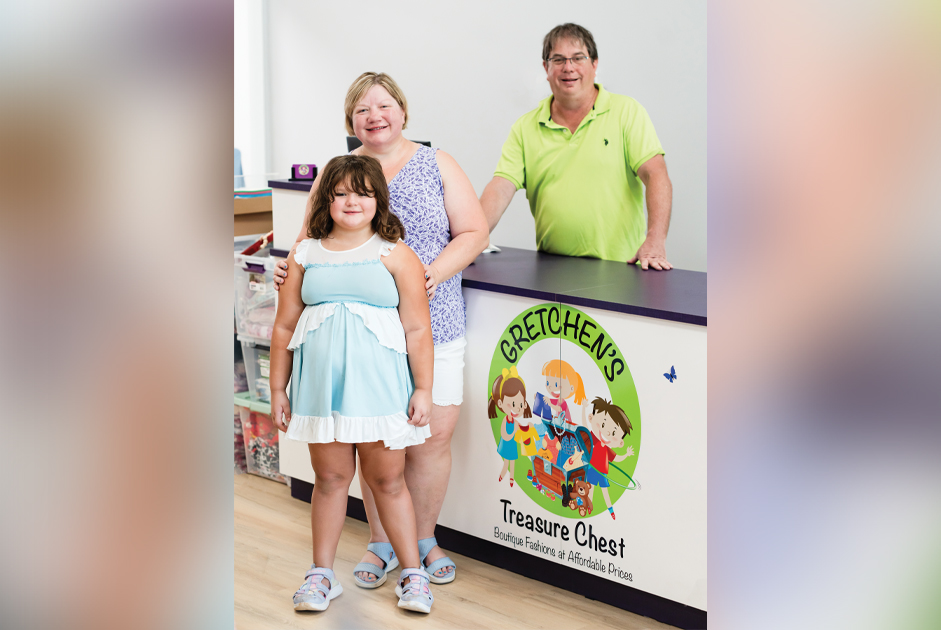Kindness is not something you would usually associate with conflict, but it can be a very valuable tool when working to de-escalate conflict and ultimately resolve it. There is strength in using kindness as a strategy to recognize the harm that has been caused by the conflict and attempt to set things right. It allows everyone affected to know they are seen and understood and know that an attempt is being made to stop bad feelings from continuing.
This approach to conflict is strong and grounded because it conveys humanity and recognizes the same in another person. It acknowledges that we all have bad days, we all get angry and we all lash out in frustration, sadness or irritation. You can still be assertive and kind. You can still disagree, even argue and be kind. Here are five things to keep in mind:
Check Yourself
Before you can respond in kindness to someone you may be clashing with, you need to observe what triggers your own emotional responses. When you understand your place in the conflict, you can step back from your feelings and decide how you wish to respond; keeping in mind that the other person might simply be having a bad day or your perception of what’s going on may be off. When in doubt, assume goodwill.
Be Sincere
Take the high road, and show the person you’re in conflict with that you genuinely want to resolve the problem. Stay humble in this approach; do not try to manipulate or guilt the other person into a reconciliation. Simply lay your cards on the table, and show that you are ready to work things out in a reasonable and trustworthy way. If you believe you have done something wrong, be quick to offer a sincere apology and acknowledge the other person’s suffering. This will show that you value the other person’s feelings.
Seek to Understand
Work to gain an understanding of the thoughts and emotions that brought you and the other person to this moment. Are there situational aspects at play in the other person’s life that may have caused an unexpected reaction? Is there more you could have done to be sensitive and empathetic? If you reach out from a place of generosity and willingness to understand how you may have blundered in your interaction, it can soften the communication between you and set the stage for a resolution.
Kindness Can Be Creative
Communicating constructively, acknowledging the emotions of the other person and expressing a will to cooperate are all active ways of being kind to the person with whom you are in conflict. There are hundreds of ways that you can demonstrate you are not a threat. A smile is a great starting point, as is open body language, a gentle tone of voice and a willingness to listen.
Is This the Appropriate Response?
If you think showing kindness may not change the situation, sometimes the kindest thing to do may be to allow the person you are in conflict with to continue behaving as they are. This is particularly true if their behavior is irritating to you but has no real damaging effect on you or your wellbeing. For example, it may sometimes be better to walk away from the conflict than try to resolve it. Expressing anger or trying to talk it out may not be the most productive option. The bonus here is that you avoid a difficult conversation.























